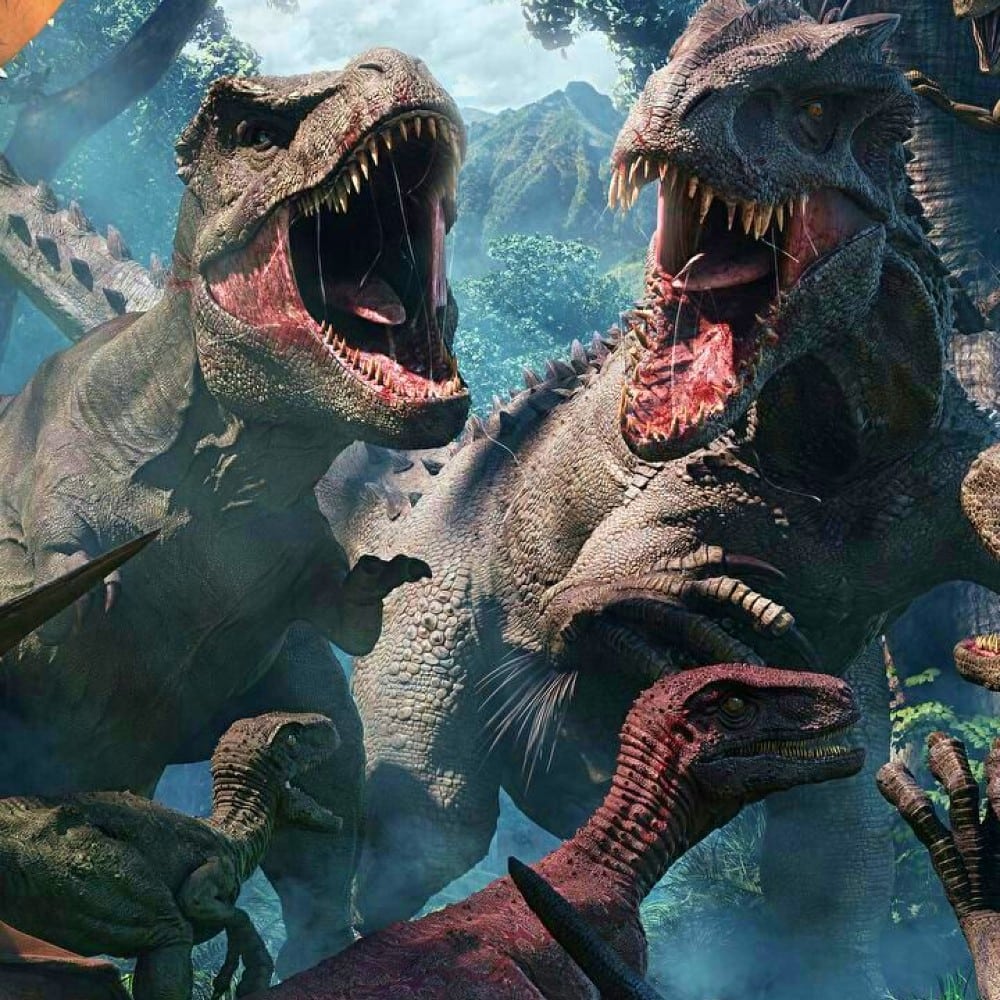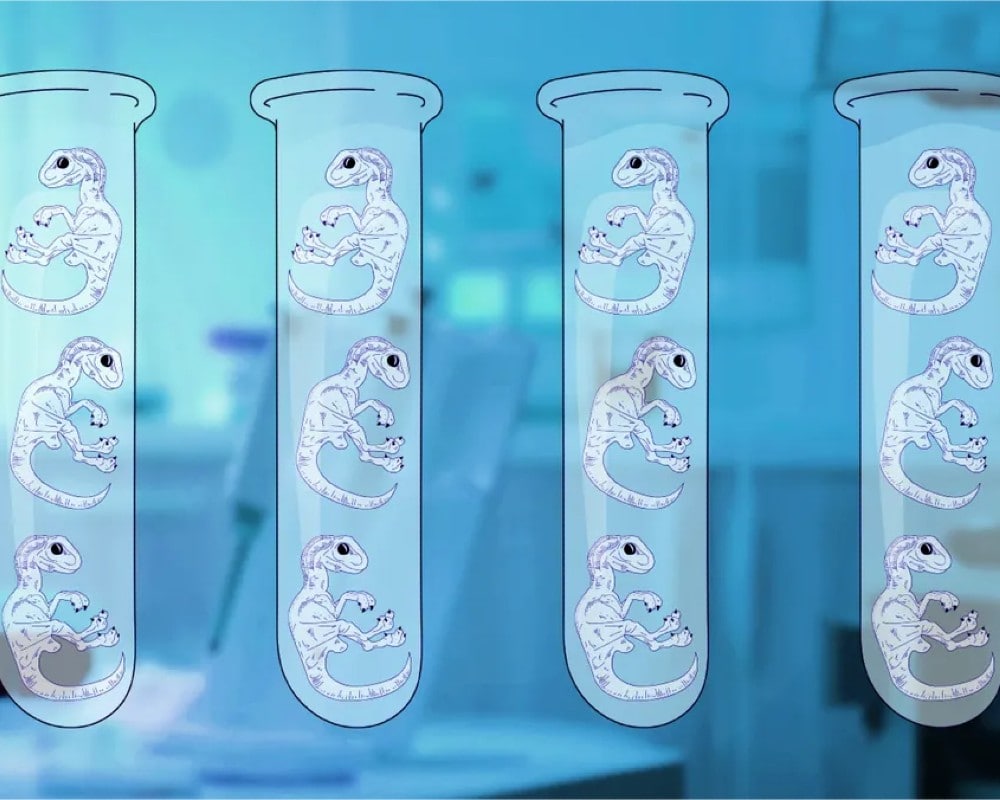
The idea of visiting Jurassic Park continues to captivate our imagination, despite its chaotic and perilous nature. However, the possibility of cloning dinosaurs and bringing them back to life raises intriguing questions. In the 30 years since the release of the iconic movie, significant advancements have been made in cloning technology. But can science bridge the gap between fiction and reality? Let’s explore the feasibility of the idea.
Advancements in Cloning Technology
Cloning has come a long way since the release of Jurassic Park. The birth of Dolly the sheep in 1996 marked a significant milestone in cloning, demonstrating that it was possible to clone a mammal from an adult cell. However, the challenge lies in the fact that there are no living adult dinosaurs to extract viable cells.
The Dinosaur DNA Conundrum
According to Mr. DNA in Jurassic Park, dinosaur DNA can be found in mosquitoes preserved in amber. While it is true that amber fossils can preserve delicate details, such as insects, the chances of finding intact dinosaur DNA are slim. A 2013 study explained that large and fragile molecules like DNA cannot survive fossilization.
Potential Alternatives

While the extraction of dinosaur DNA from mosquitoes may be unlikely, scientists are exploring other avenues. Researchers have discovered preserved red blood cells in a Cretaceous dinosaur fossil bone. These cells showed similarities to bird nuclei, suggesting a potential way for extracting genetic material. However, further investigations did not yield any DNA, highlighting all the challenges scientists face in finding viable genetic material from extinct animals.
The Challenges of Cloning Dinosaurs

Even if a partial dinosaur genome were found, cloning dinosaurs still has its significant challenges. A comprehensive genome is required to identify missing genetic information, making it difficult to fill the gaps. Additionally, frogs, used in Jurassic Park for DNA supplementation, are not the most suitable choice here. Birds, being the direct descendants of dinosaurs, would be a more logical option instead due to their genetic similarity.
Ethical Considerations and Practical Challenges
Cloning dinosaurs for a real-life Jurassic Park raises ethical and practical concerns. Ensuring the well-being of captive animals is already a complex task, as evidenced by the conditions in some zoos. Creating appropriate enclosures for dinosaurs would be an even greater challenge. Furthermore, the dietary needs of dinosaurs would surely present additional hurdles. Considering the practical limitations of cloning technologies, ethical considerations, and practical challenges, the possibility of a real-life Jurassic Park remains a distant dream. It is crucial to question whether we should pursue such endeavors.